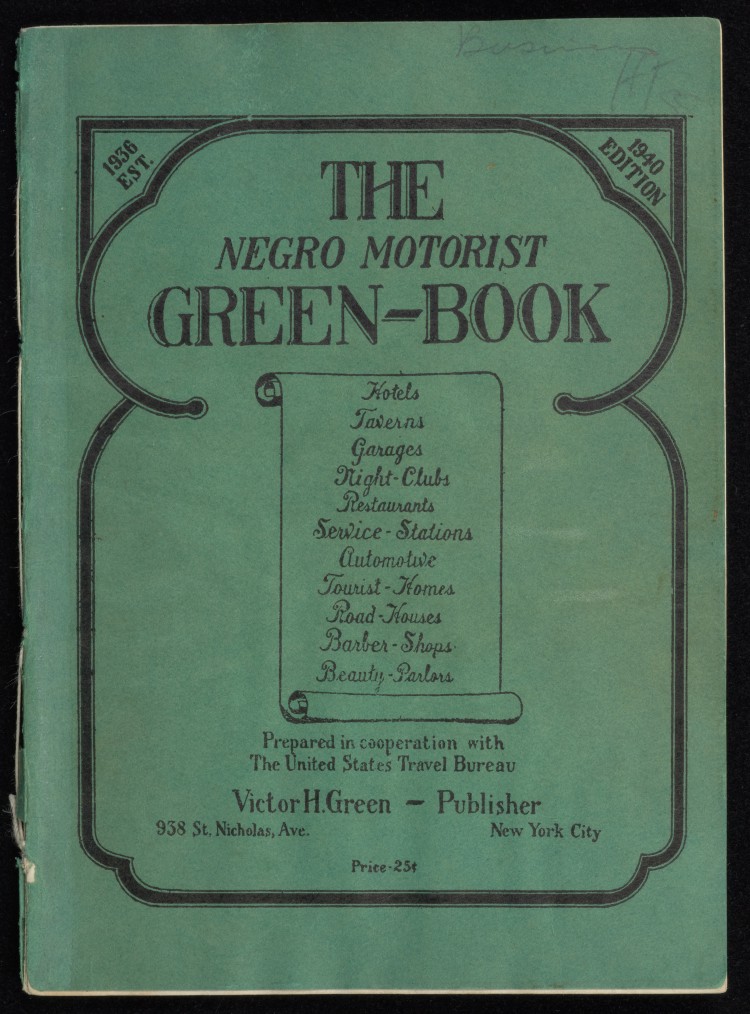NO BOOK CLUB DECEMBER
Previous Book Picks
Previous Book Picks
Free Reading Program
Each month we will offer 1 essay as an alternative to our monthly book picks.
Join us on Friday, April 2nd at 4pm PST / 7pm EST. If you want to be included in the Zoom conversation, fill out the Google form here. Space is limited!!!
Want to print the article or questions? Download them as PDFs via our Google Drive folder.
Join us on Friday, April 2nd at 4pm PST / 7pm EST. If you want to be included in the Zoom conversation, fill out the Google form here. Space is limited!!!
Want to print the article or questions? Download them as PDFs via our Google Drive folder.

November Essay
The Feds Are Watching: A History of Resisting Anti-Black Surveillance
by Simone Browne
Questions for the Homies
The Feds Are Watching:
A History of Resisting Anti-Black Surveillance
By Simone Browne
In October 1976, Ebony magazine published a story about the popularity among Black users of citizen band (CB) radio, a voice communication technology that allowed for two-way exchanges over distance. CB radio served as a means of community organizing and entertainment, with the establishment of social clubs, the invention of vocabularies, and the use of channels almost exclusively by Black enthusiasts. The article named Redd Foxx (handle: “Redbird”) and Muhammad Ali (handle: “Big Bopper”) among some of the more famous users of this technology yet also noted that “Blacks have been into CBs for years; it’s nothing new.”
Before the rise in CB radio’s popularity on the consumer market, protesters, grassroots activists, and civil rights organizations, such as the Student Nonviolent Coordinating Committee (SNCC) and The Congress of Racial Equality (CORE), would make use of this communication technology, along with Wide Area Telephone Service (WATS), to monitor threats, acts of intimidation, harassment, fire bombings, detentions and arrests from police, the Ku Klux Klan, [White] Citizens’ Councils and other entities deputized by white supremacy.
A caller utilizing the flat-rate WATS lines to make direct contact with the offices of civil rights organizations would do so in an effort to circumvent local switchboard operators who could, and often would, block calls or eavesdrop on conversations and then pass along information to local police, white vigilantes, and others to enact violence. WATS calls were still listened in on by the FBI and local police, and public airwave CB transmissions were often subjected to “systematic jamming” of frequencies, heightening the “risk to life and limb” of voter registration workers and those staffing or assisting Mississippi’s Freedom Summer enfranchisement efforts. But the data logged through these calls would be used to then dispatch assistance and protection, monitor white supremacist activities, and would also form WATS reports. These compiled summaries of incidents recorded could then be shared with other organizations, movement lawyers, the Justice Department, the FBI, and news media.
 The Negro Motorist Green-Book, 1940. Source: New York Public Library
The Negro Motorist Green-Book, 1940. Source: New York Public Library
Putting communication-related tools to work in the confronting of anti-Black surveillance and racial terrorism has countless historical precedents. The Negro Motorist Green Book, and others like it, charted automobile routes so that Black travelers could navigate roadways and secure accommodation within the system of segregation, sundown towns, and service stations that refused their patronage. Much earlier, disrupting the technologies of slavery became an effective way to undermine slavery itself; repurposing and forging slave passes and certificates of freedom, for example, helped facilitate escapes and Black people on the move. In 1851, a broadside cautioned “colored people of Boston” to “keep a sharp lookout” as watchmen and police were authorized to act as “kidnappers” because the Fugitive Slave Act of 1850 had federalized slave catching. This printed matter offered an important word of advice: “Avoid conversing with the watchmen and police officers of Boston … [especially] if you value your liberty, and the welfare of the fugitives among you.” (Sadly, more than 150 years later, a similar caution still applies.)
The Negro Motorist Green Book, and others like it, charted automobile routes so that Black travelers could navigate roadways and secure accommodation within the system of segregation, sundown towns, and service stations that refused their patronage.
In another example, Harriet Ann Jacobs meticulously shared the specifics of her cunning ability to outwit her captor, Dr. Flint (a pseudonym) and eventually escape his predatory sexual harassment and enslavement in her 1861 narrative, Incidents in the Life of a Slave Girl. Her self-emancipation began in North Carolina in 1835, when she ran off and took harbor in the homes of others, concealed herself in a swamp, and then eventually hid in a garret above her grandmother’s house for almost seven years. This hiding space, where the darkness was nearly total and the air was stifling, “was only nine feet long, and seven wide” and at its most high only three feet. She later bore a hole in one of the walls, about an inch in diameter, through which she could catch some air, peep outside, watch her children, and listen to conversations not meant for her to hear, like that of “slave-hunters planning how to catch some poor fugitive.” While still confined in the garret, Jacobs would frequently out-maneuver Flint and his hired slave catchers by writing letters addressed to him and to her grandmother and then sending those letters with a trusted friend who would mail them back to North Carolina but postmarked from places like New York, Boston, and Canada. Jacobs ultimately fled her cramped cell and made her way to freedom in Philadelphia and then on to New York and Boston.

CB radios on sale, 1977.
Source: Fairfax Media Archives
Taken together, these rebellious acts of insurgency and stealth uses of technology — CB radios, WATS lines, counterfeited documents, artful uses of postal services — anticipate the necessary tools of subversion in the face of ongoing police violence and contemporary state surveillance.
They demonstrate Black communities’ inventive ways of working within the existing infrastructure to disrupt the systems that were meant to contain, objectify, and profit from them.
A key part of these rebellious acts are the networks and friendships forged within a system bent on undercutting Black social life.
They demonstrate Black communities’ inventive ways of working within the existing infrastructure to disrupt the systems that were meant to contain, objectify, and profit from them.
A key part of these rebellious acts are the networks and friendships forged within a system bent on undercutting Black social life.
But what does it mean, in this moment, for corporations to capitalize on people’s legitimate fear of racialized violence and the reality of surveillance by the settler state or otherwise? Put differently, when products and innovations — like dashcams or the “Hey, Siri, I’m getting pulled over” iPhone shortcut — are marketed and popularized as countersurveillance tools, they reinforce the idea that data collection technologies can help people safely navigate contact with policing. While these products might mitigate harms, or at least record them, we should read many of these moves as part of an expansion of the surveillance state. Amazon, for example, shares doorbell camera footage from its Ring surveillance platform with policing agencies. This partnership could become even more troubling as the footage is not, for now, end-to-end encrypted, and Amazon just announced that the company will soon be selling drones that fly around the interior of users’ homes as part of its Ring surveillance hardware.
Alternatively, we could look to tools that could be imperfect, for now, but that signal a practice of abolition in their design and methods of use (see: Not911, an app created by formerly incarcerated software engineers that offers users alternatives to calling emergency services without dispatching police). Most importantly, the community care practices, toolkits, and mutual-aid acts done by, for example, Survived and Punished, the Bay Area Transformative Justice Collective, AAPI Women Lead, the Stop Spying LAPD Coalition, and other organizations work to produce the conditions for social transformation by stealthily disrupting anti-Black surveillance. In so being, they offer us a model toward abolition.
Undermining racialized forms of surveillance is an ongoing practice, but it’s one that continually exposes the limits and weaknesses of that very surveillance. Often, corporate and state actors attempt to undermine that resistance through reform. What can’t be fully captured and co-opted, however, are the practices of refusal and invention that hold Black liberation as the goal.
Originally published in LEVEL, October 6th, 2020. See original article for references within the text.

